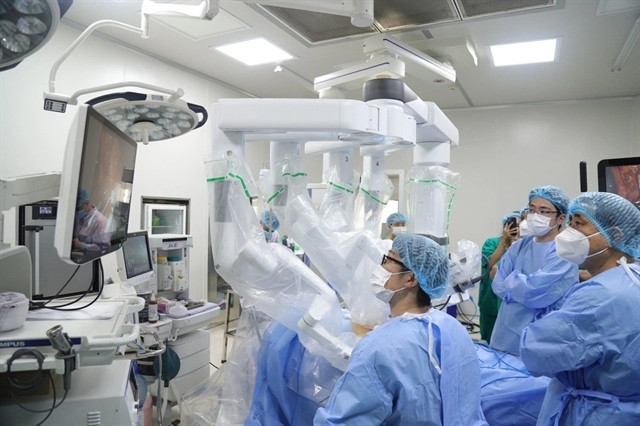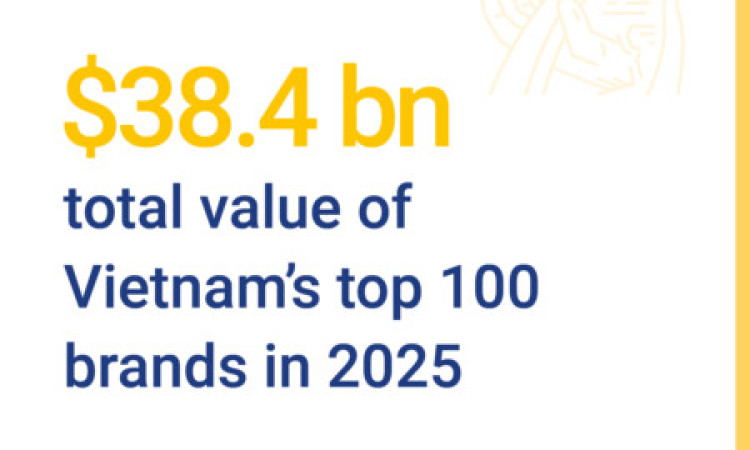Plan unveiled to integrate healthcare, tourism and wellness
By 2030, at least five provinces and cities will pilot integrated healthcare–tourism packages as part of a wider push to upgrade hospitals to international standards.
An integrated healthcare–tourism–wellness model will be introduced as part of a national scheme to develop high-quality medical services between 2025 and 2030.
According to the Ministry of Health’s draft plan, by 2030 at least five provinces and cities – Hà Nội, Hồ Chí Minh City, Đà Nẵng, Quảng Ninh and Khánh Hòa – will put the model into practice.
The scheme aims to raise service quality at central and specialised hospitals, move toward national and international accreditation and gradually attract foreign patients while reducing the number of Vietnamese seeking treatment abroad.
The Ministry of Health estimates that around 40,000 high-income Vietnamese travel abroad annually for medical treatment. This results in significant foreign currency outflow and poses a challenge to the reputation of domestic hospitals.
Over the past 70 years, Việt Nam’s healthcare system has achieved major milestones. Vietnamese doctors now master advanced techniques such as robotic surgery, endoscopy, organ transplants and oncology treatment.
Some methods, like endoscopic heart and thyroid surgery, have even attracted foreign specialists to study in Việt Nam.
However, challenges remain. Only a limited number of public hospitals currently hold international certification. Independent national-level quality assessments have not been implemented, which restricts recognition by foreign insurance companies.
Financial mechanisms are also seen as inadequate, with service costs not fully calculated, leading to revenue shortfalls in many public hospitals. Payments for foreign experts remain inflexible, while health and commercial insurance products do not yet meet the needs of foreigners and affluent Vietnamese patients.
Hospital infrastructure and amenities, though upgraded in many places, are still inconsistent. Overcrowding in some specialised hospitals further limits the expansion of on-demand services.
By 2030, the plan targets at least 15 hospitals nationwide, both public and private, to achieve international quality standards such as JCI or equivalent.
All medical facilities taking part in the scheme will be required to establish international marketing and communication departments, providing information in at least three languages – Vietnamese, English and either Chinese or Korean.
Medical tourism packages will be introduced, including high-tech treatment for oncology, cardiology and orthopedics; traditional medicine combined with wellness services; and comprehensive health care such as screening and rehabilitation.
The rollout will take place in two stages. From 2025 to 2027, the ministry plans to pilot the model at selected hospitals with favourable conditions.
During this period, 10 to 15 initial service packages combining healthcare, tourism and wellness will be developed, alongside efforts to promote the scheme, build communication strategies and train staff.
From 2027 to 2030, the model will be scaled up nationwide. The focus will shift to standardising procedures for patient reception, care, payment and service promotion, while also expanding cooperation with international insurance providers to make services more accessible to foreign patients






